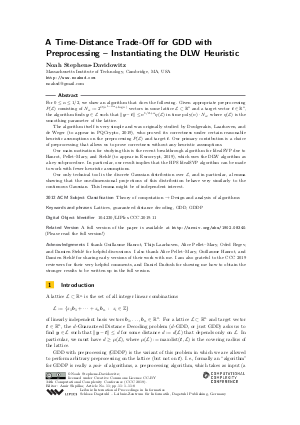LIPIcs.CCC.2019.11.pdf
- Filesize: 445 kB
- 8 pages

 Creative Commons Attribution 3.0 Unported license
Creative Commons Attribution 3.0 Unported license
















Feedback for Dagstuhl Publishing